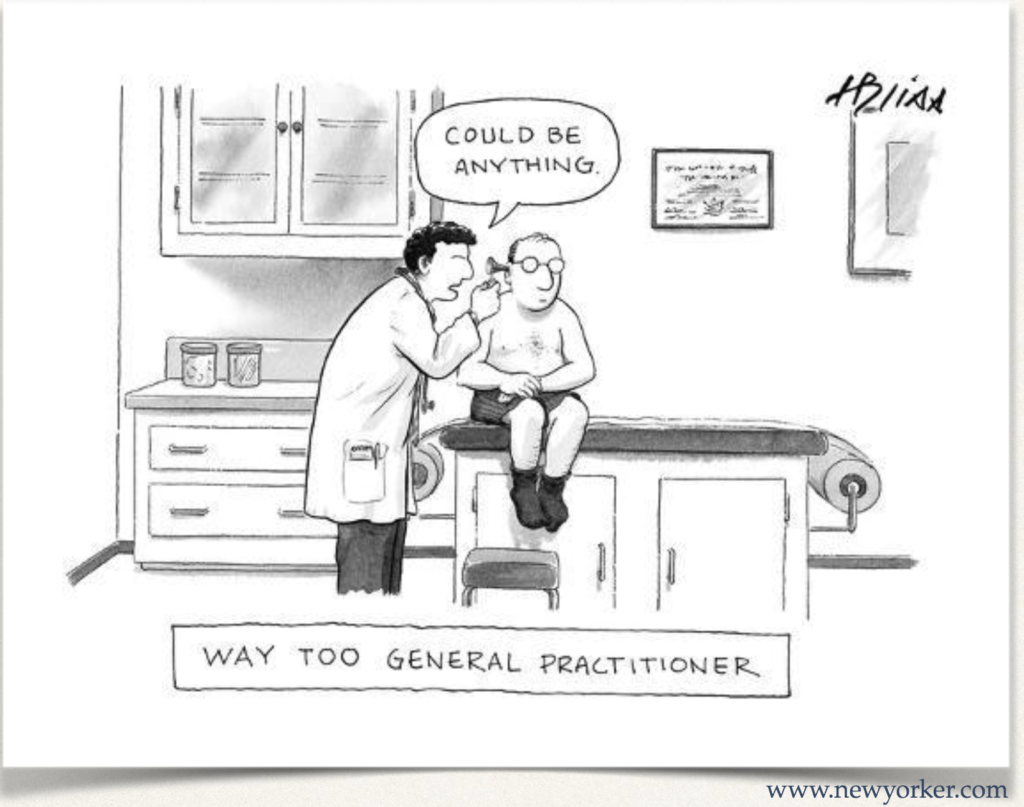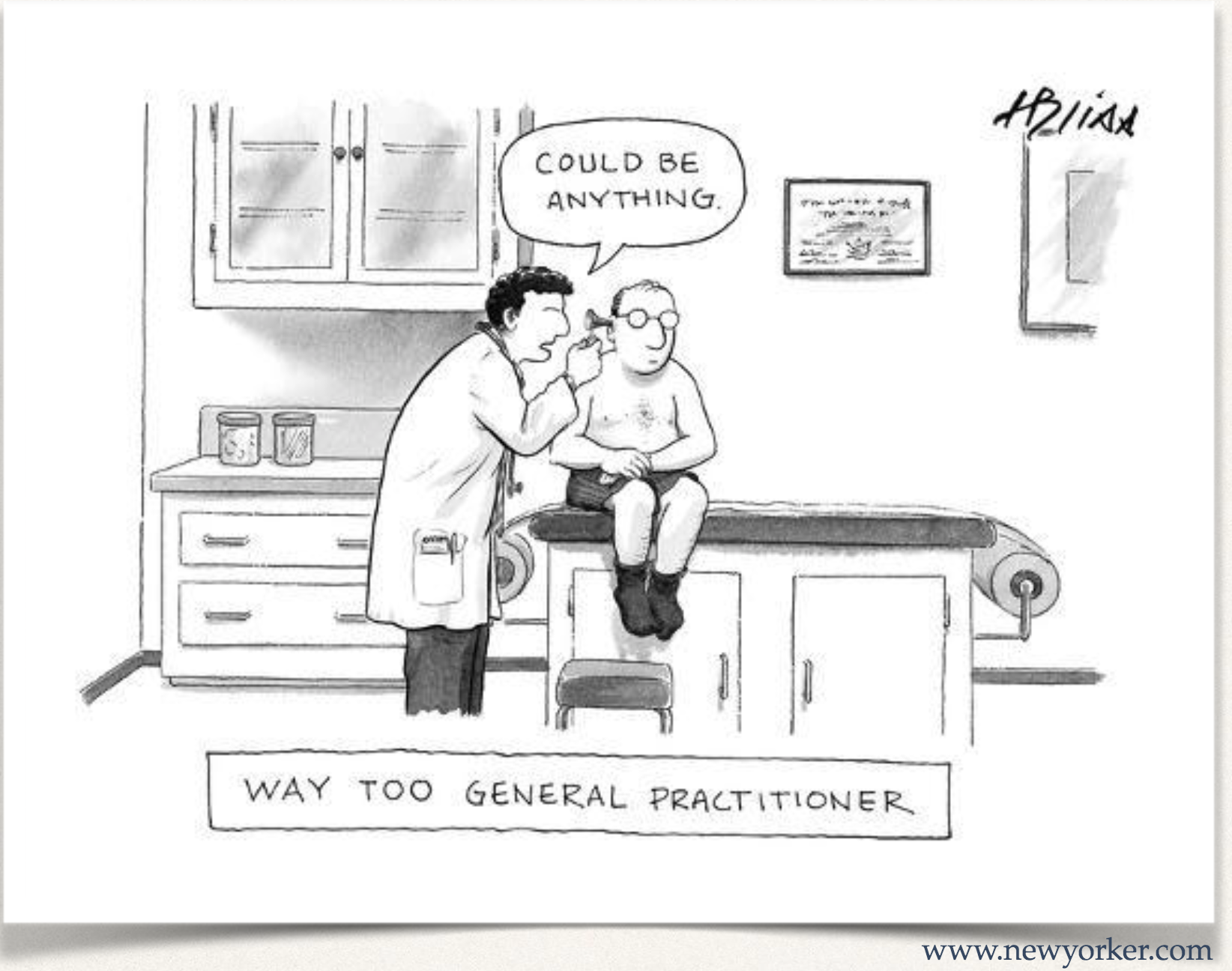
TL;DR
This post is about my learning experience from Communication is KeyLessons Learned from Testing in Healthcare Technology (you need to register for Online Testing Conference Slack), the second lecture of Online Testing Conference 2020, presented by Rachael Rovallo.
If you like secure, static, dull software testing life in a big company, this post is not for you! But if you still have some software testing juice in you, and consider moving to the startup company world, read on.
Context is the Startup company Pulsara. Pulsara is a Communication Platform that Connects Teams Across Organizations. Rachel works as QA, she moved from a different background, and that was a big company.
Here are three points that Rachel find very important for QA Pulsara context:
- Bug report quality
- The concise feedback loop
- Team effort
Bug Reports
It is essential to have a structure for bug reports that are working for your team. For example, I suggest RIMGEA that you can learn at the Black Box Bug Advocacy course at AST. I did that course, and I can effectively apply RIMGEA at various QA contexts.
Back to Rachel. Since this talk is inspired by the Healthcare domain, Rachel mentioned BEFAST heuristic that could help a doctor in fast stroke diagnosis:

Another essential point, structure for bug report must not slow down the team! The bug report must be written in a reasonable time because when we start writing a bug report, we start the timer for the feedback loop.
How to communicate information? The tester could use:
- color
- emphasis (bolding)
- screencast (animated gif)
- screenshot (picture)
These various channels help developers to easier understand communicated information. But when we could not write reproduction steps, these multiple channels could also help in challenging tasks.
You should also use a pile driver technique:
If you have an important point to make, don’t try to be subtle or clever. Use a pile driver. Hit the point once. Then come back and hit it again. Then hit it a third time-a a tremendous whack.–Winston Churchill
Short Feedback Loop
In the Startup context, QA has a loop with a developer. In Rachael’s experience, face-to-face communication proved to provide the best results. Then you have various non-verbal communication queues at your disposal. Pairing with developers has the shortest feedback loop. And you need to Zoom early and Zoom often; do not wait with your questions. And what you learned about the product, should be written down. It could be in an unstructured way, as long as you can find later that information.
Group work (mobbing) also could be applied. Which brought us to the third point, the team.
Team Effort
To direct your testing effort, you should communicate with your whole team. Then cognitive diversity would kick in. Each team member had different knowledge and different ways of problem-solving. You should also ask feedback on your testing activities, retrospectives are an essential part of producing quality.
You should use slack channels for sharing knowledge about the product or giving/receiving feedback. This is very useful in keeping people on the right track.



